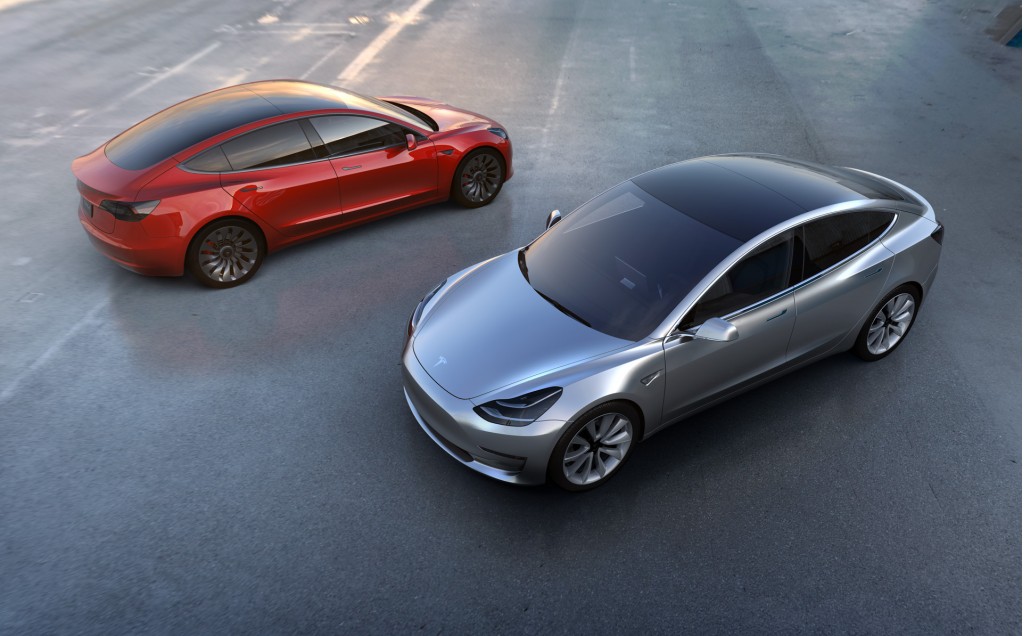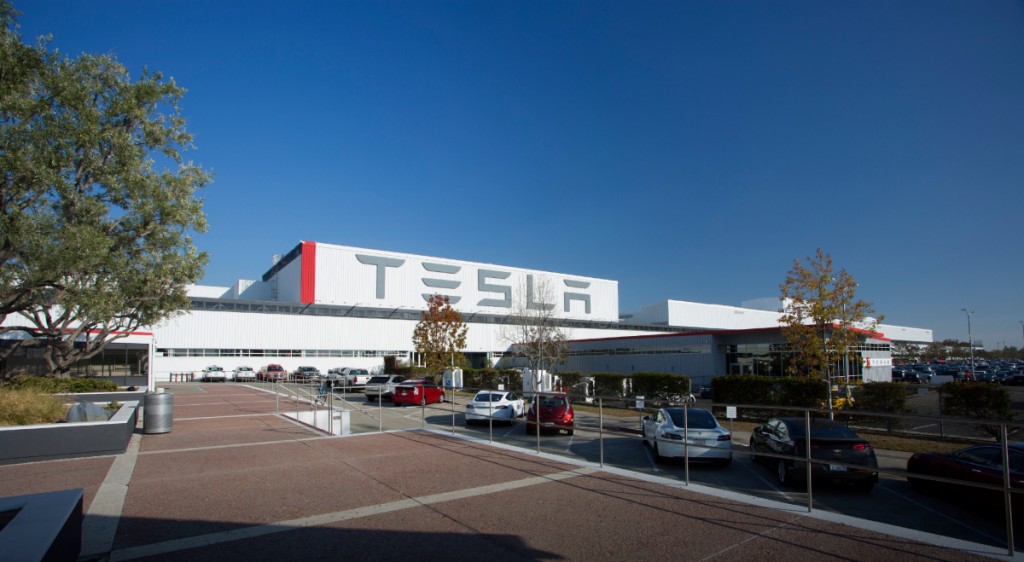Tesla Motors' audacious goal of building half a million cars a year by the end of 2018 will require boosting its production by a factor of 10 over just two and a half years.
And it will require nothing less than a reorientation of the entire company toward manufacturing, even as vehicle development continues in the background for derivatives of its Model 3 sedan.
But according to suppliers the electric-car maker has contacted, its production targets are 100,000 Model 3 cars next year, and a jaw-dropping 400,000 Model 3s the year after that.
DON'T MISS: Tesla talks to LG, Samsung about Model 3 battery cell supplies
That's the word from an exclusive Reuters article published Friday afternoon, which noted that suppliers "question" the company's ability to reach those goals.
The plans represent, the article summarizes, "an acceleration that supplier executives and industry consultants said would be difficult to achieve and potentially costly."
Tesla CEO Elon Musk startled the industry—as he is wont to do—when he announced last month that Tesla would move up its target for producing half a million cars a year to 2018, from the longstanding date of 2020.

Tesla Model 3
That's based, in part, on the surprisingly high number of customers who've put down $1,000 apiece to reserve a place in line to order a Tesla Model 3.
Fully 373,000 potential buyers have made deposits, Tesla said last week, after duplicates and speculators were removed.
Last year, Tesla delivered slightly more than 50,000 cars, the vast majority of them the Model S sedan that's been in production since June 2012.
DISCUSS: Tesla says it will build 500K cars a year by end of 2018; can it?
As Reuters notes, the handful of vehicle assembly plants in the U.S. that produce half a million cars a year are operated by automakers who've been building cars for decades.
Most of those plants started with a line capacity of 150,000 and grew from there, adding work shifts or a second line once demand exceeded the plant's capacity.
Musk suggested on last month's financial-results call that the simplified design of the Model 3, which is to have a starting price of $35,000 and deliver 200 miles or more of EPA-rated range, will make it easier to ramp up production faster.

Tesla Model 3
But he acknowledged that signing up suppliers that could produce the appropriate volume of parts in that short timeframe could be a challenge.
Even if 99 percent of suppliers delivered on schedule, that wouldn't be enough, he said: "You cannot produce a car that is missing 1 percent of its components."
Musk likely recalls a similar time during the company's last big expansion, which took place as the Model S production ramped up in 2012 and 2013.
CHECK OUT: Tesla Model 3 reservations: 373K after duplicates, speculators removed
On a 2013 financial results call, Musk said many suppliers had committed to provide parts for the Model S, but based their production capacity not on Tesla's orders but on projections from some industry analysts that Tesla would be able to build and sell roughly 5,000 Model S cars a year.
The actual number was more than 22,000.
The Reuters article attributed the plans for 100,000 Model 3s in 2017 and 400,000 in 2018 to "several supplier industry executives familiar with the plans," who likely declined to be named for obvious reasons.

Tesla factory, Fremont, California
With 50,000 cars delivered last year, Tesla is currently projecting deliveries for 2016 of 80,000 to 90,000 Model S and Model X electric cars.
The global market for cars starting at $72,000 and often selling for more than $100,000 is limited, however, meaning the Model 3 is the only way for Tesla to get to hundreds of thousands of cars a year.
But building 100,000 Model 3s in 2017 is a breathtakingly fast launch, even assuming Tesla launches the Model 3 well before the end of the year as it promises. The rise to 400,000 cars for 2018 is equally audacious.
Tesla's assembly plant in Fremont, California, had a capacity of 500,000 cars a year when General Motors and Toyota jointly operated it as the New United Motor Manufacturing Inc. (NUMMI) until 2009.
_______________________________________













